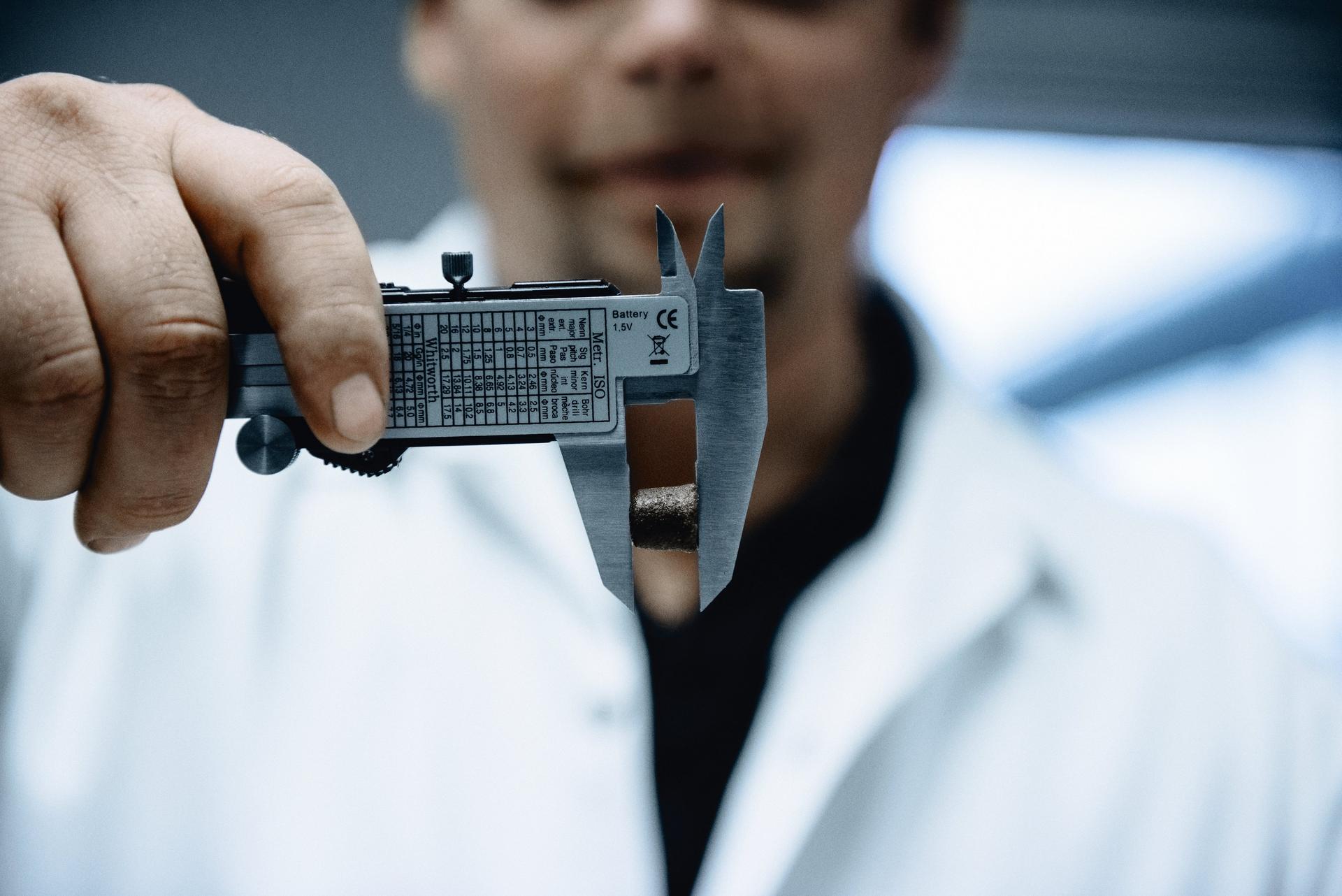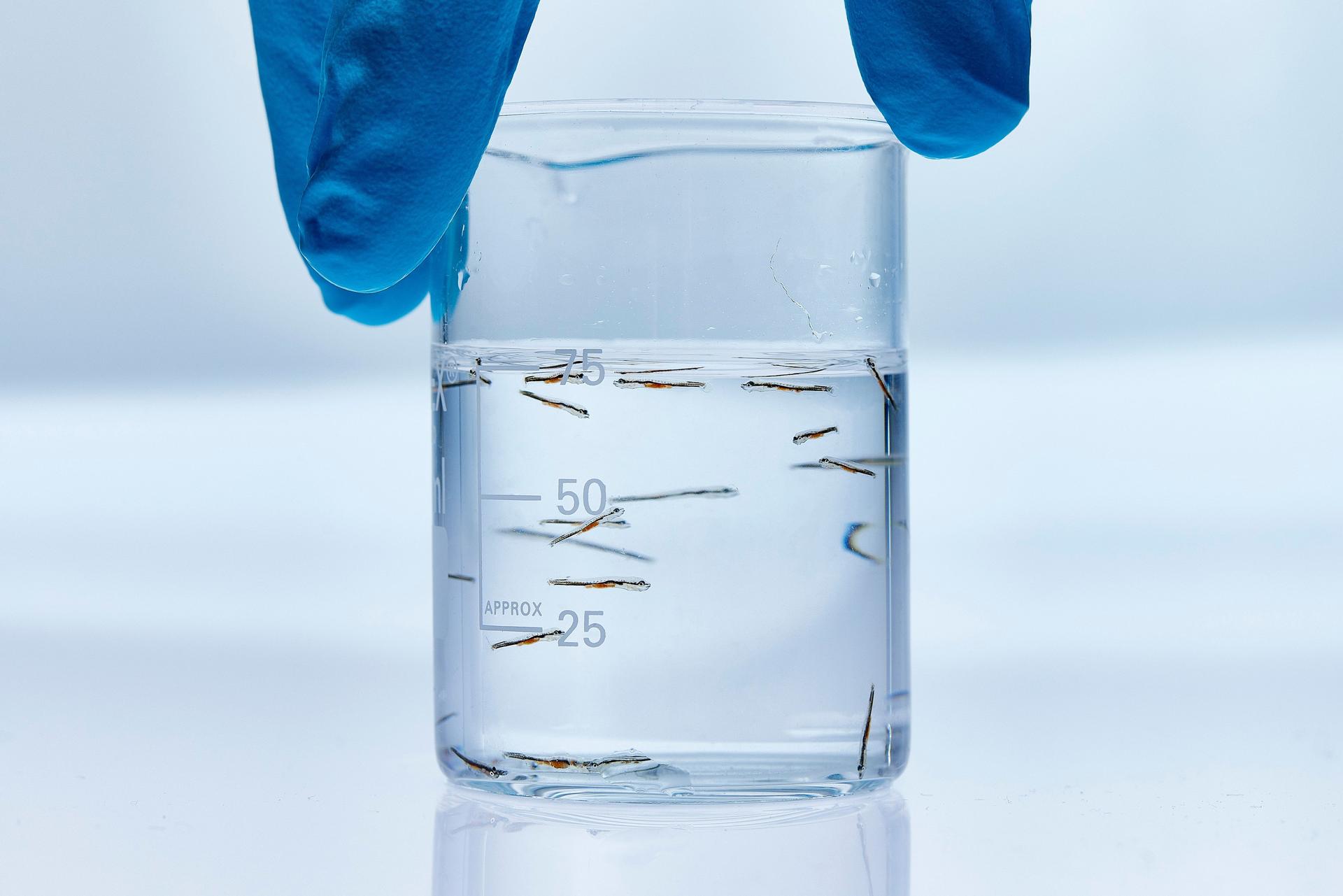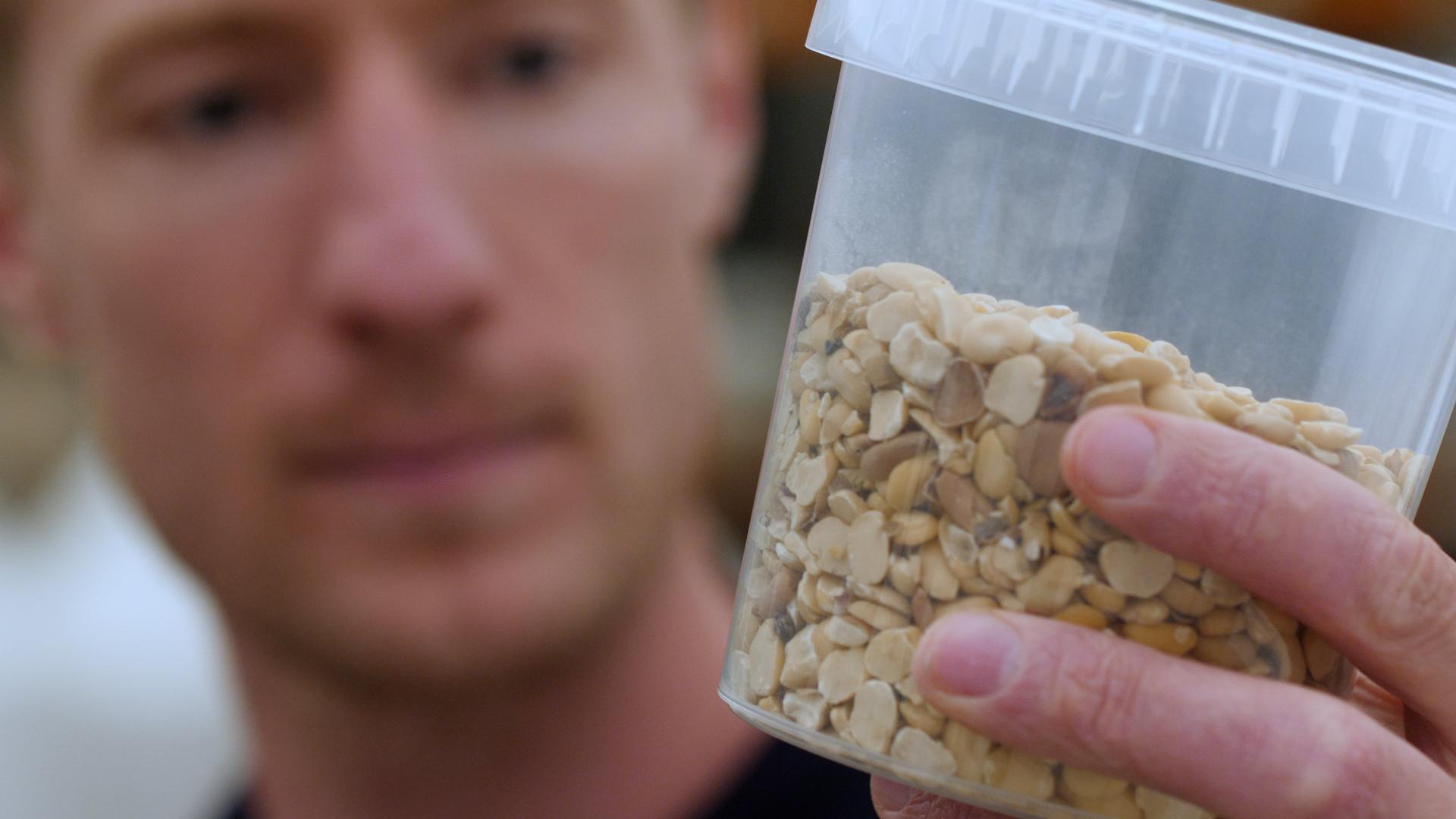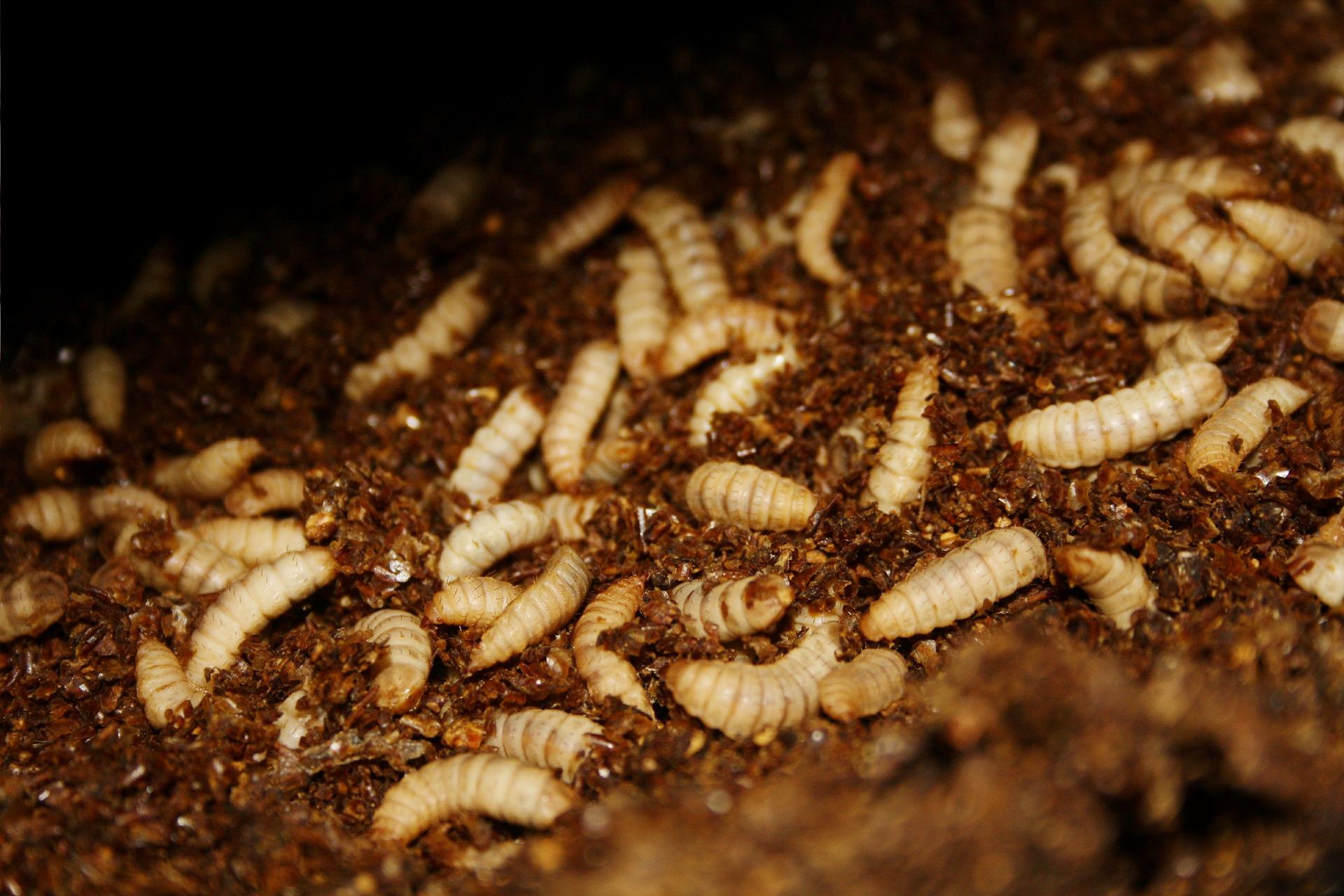Diets for research and development trials
To BioMar, it is vital to achieve reliable and useful test results that can be verified, validated and repeated in research trials. These are carried out at BioMar’s Aquaculture Technology Centres (ATC), our global trial and research facilities. Our ATCs are strategically located across the globe to facilitate trials with a focus on different species and aquaculture farming production conditions. The trial facilities experimentally resemble farm conditions while ensuring scientifically valid data extraction.
Trials at the ATCs range from systematic testing of raw materials to comparative performance trials of different feed types under a variety of different abiotic and disease conditions. Systematic deliverables of highly specific data refine modelling of nutrient flows in fish, shrimp, and environment, which form the basis for feed formulation software.BioMar’s experimental diets are formulated and produced to meet well defined parameters:
The nutritional requirements of the species farme
BioMar’s quality and performance specifications
BioMar R&D procedures and standards
Various tests are undertaken, to ensure that each recipe meets the required nutritional and physical quality parameters. We keep track of every feed recipe that is produced on the Tech Centre line with an individualised item number. Samples are collected from each batch and stored onsite for future reference. The Tech Centre has its own lab where several tests can be performed onsite. Samples can also be sent to a wide range of internal and external laboratory facilities for advanced nutritional and physical analysis. All results are collected and communicated to research and development scientists by the Tech Centre laboratory coordinator.














